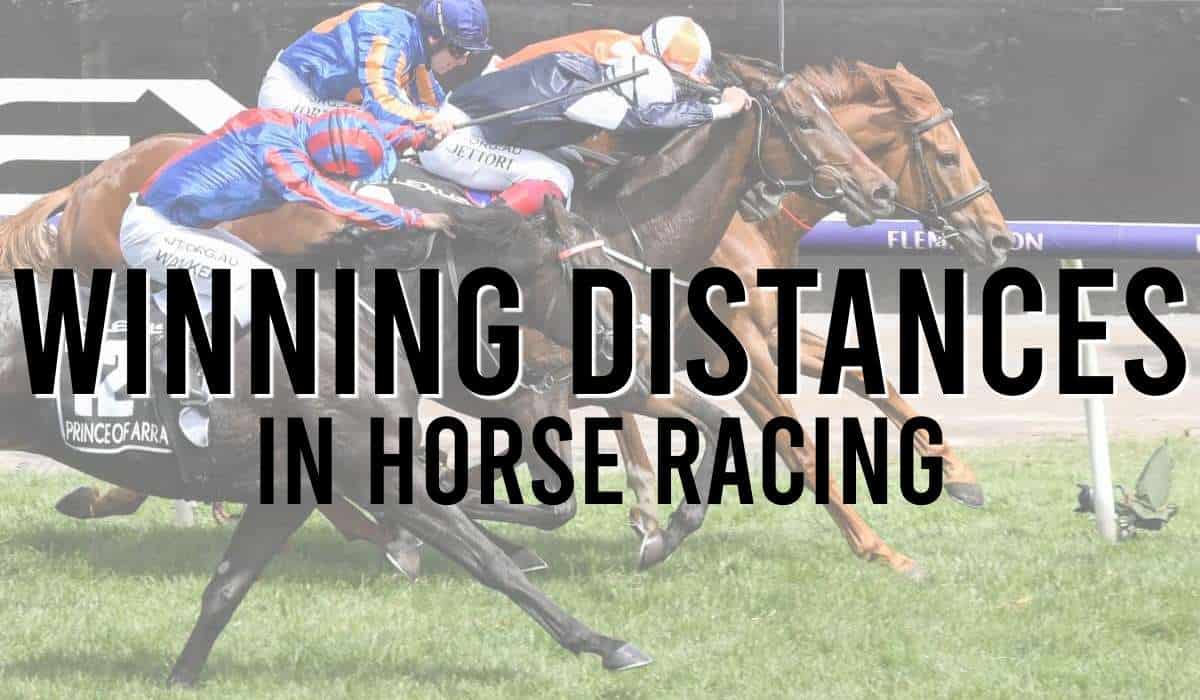If you are wondering “which horses are running today after having wind surgery?” we have you covered.
Many racehorses undergo a ‘wind operation’ but it’s not something punters should be too worried about. In fact, quite the opposite as usually racehorses improve in form after having wind surgery.
Shrewd backers research and check all the runners and riders who are having their first run since new wind surgery because if the operation has worked successfully it should yield considerable improvement.
Our statistics for horses running today are updated regularly and pull in all the racehorses who are having their first run since a wind surgery operation.
In this horse running after wind surgery guide, we highlight all the declared runners who have had wind surgery and why this can spark huge improvements in form.
Find the horses running after wind surgery today:
Contents
- 1 Today’s Horses Running After Wind Surgery
- 2 What is a Wind Operation?
- 3 How Do You Know if a Horse is Running After Wind Surgery?
- 4 Types of Wind Surgeries
- 5 Does Wind Surgery Affect the Betting Odds?
- 6 Do Horses Win after Wind Surgery?
- 7 Popular Questions
- 8 Summary of Horses Having Wind Ops
- 9 Related Horse Race Statistics Posts
Today’s Horses Running After Wind Surgery
Here is the full list of racehorses’ who are running today after a wind surgery operation.
| Course | Time | Horse Name | Wind Surgery Horses Today |
|---|---|---|---|
| Doncaster | 13:23 | *WS2* Bantry * h * | Wind Operation Horse |
| Chepstow | 16:39 | *WS* Blue The Money * t * | Wind Operation Horse |
| Perth | 13:30 | *WS* Can't Stop Now * h * | Wind Operation Horse |
| Newcastle | 20:30 | *WS2* Dark Kestrel * t * | Wind Operation Horse |
| Chepstow | 19:10 | *WS2* Deep Strato * t1* | Wind Operation Horse |
| Newcastle | 21:00 | *WS* Frank The Spark | Wind Operation Horse |
| Perth | 14:05 | *WS2* Haute Estime * t * | Wind Operation Horse |
| Chepstow | 20:15 | *WS* John W Creasy * p1* | Wind Operation Horse |
| Chepstow | 17:40 | *WS* Matterhorn * t * | Wind Operation Horse |
| Perth | 13:30 | *WS* Old Gregorian * t1* | Wind Operation Horse |
| Perth | 16:25 | *WS2* One Step Up | Wind Operation Horse |
| Chepstow | 18:10 | *WS* Opening Bid | Wind Operation Horse |
| Chepstow | 18:40 | *WS* Roaring Legend * t * | Wind Operation Horse |
| Perth | 14:40 | *WS2* Uncle Mac * t1 h1* | Wind Operation Horse |
| Perth | 17:00 | *WS* Young Getaway | Wind Operation Horse |
The list of wind surgery horses today that is running is data and statistics the most successful horse tipsters use in part of their analysis.
The horses that have had wind operations seem to seek improvement from improved breathing and bettors use this data for the research on predicting the outcome of a race.
What is a Wind Operation?
A wind operation is a collection of surgical procedures which aim to improve the function of the horse’s upper airway to make breathing easier and more effective.
A horse when racing at full gallop may struggle to breathe properly and suffer from the lack of oxygen it needs to race properly, this means too much carbon dioxide building up in the lungs and this can impact performance.
Wind surgery aims to tie back the left vocal cord and sack behind it, or remove them altogether from the horse.
Wind operations (or wind surgeries) improve racehorse airflow.
Racehorses competing require a lot of oxygen and medical procedures usually allow the airflow to allow more oxygen.
Wind surgeries are procedures done for the benefit of the racehorse, which can now breathe more easily when running.
How Do You Know if a Horse is Running After Wind Surgery?
Daily racecards now supply the information of a horse running after wind surgery with “WS” shown beside the weight.
The “WS” published on racecards show that a horse has had “new wind surgery since last performance”.
The British Horseracing Authority (BHA) has today announced that, as of 19 January 2018, racecards will be able to carry information that confirms when a horse is having its first run after having undergone a wind surgery.
The enhanced data is great to provide openness and transparency for betting customers and helps generate data for equine health and welfare research.
Racecards will highlight “WS” but will not display the specific type of wind surgery.
Here is an example of a horse racing racecard which shows “WS” beside the racehorse weight to highlight the horse is running after a wind operation for the 1st time.
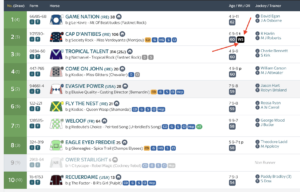
The WS symbol indicates wind surgery and the number one indicates it is the first time running since a wind operation.
Types of Wind Surgeries
Here are the different types of wind surgeries available for racehorses:
- Tie back (prosthetic laryngoplasty)
- Hobday (ventriculectomy / cordectomy)
- Epiglottic surgery
- Tie forward (dorsal displacement soft palate surgery)
- Soft palate cautery
Hobday Wind Surgery
The hobday wind operation is a simple wind procedure and you could see improvement in them the first or second time out after this surgery. It is common you could see an immediate improvement in the first run since the hobday in comparison to others which might take a few runs.
In the Hobday horse racing wind operation procedure the laryngeal ventricles and vocal cord are removed surgically to encourage scarring.
The scar tissue acts to stabilize the area and prevents vibrations in the larynx, hence reducing or removing the noise.
Soft Palate Cautery Wind Surgery
The soft palate cautery wind operation is a simple wind procedure and you are likely to see improvement after a few runs.
It may take a few runs before you see improvement on the soft palate cautery wind surgery as if a horse’s soft palate is unstable, they basically choke in a race and lose their confidence, hence why may need a few runs to get confidence back into them after soft palate cautery
Tie Back or Tie Forward Wind Surgeries
Tie-back or tie-forward wind surgeries are the most complicated wind surgeries and are required for laryngeal hemiplegia (one side of the larynx becomes paralyzed and doesn’t function properly and effectively limits air intake by up to 50%).
Tie back and tie forward are complicated and sometimes they work and sometimes they don’t.
It would usually take a run or two to build confidence back in the racehorse before you might see improvement.
Does Wind Surgery Affect the Betting Odds?
Horses running after wind surgery can affect the betting odds if sports bettors feel the horse will massively improve for the wind operation procedure.
Having the operation could hugely improve their chances of winning a race and savvy punters will be backing the horse if they feel this is the case.
As racehorses after wind surgery are less likely to endure a blockage of their airflow when galloping, this can get high-stake bettors to wager large bets on the horse and that will directly affect the betting odds.
Do Horses Win after Wind Surgery?
The statistics and data show horses win regularly after wind surgeries.
The post-wind-op performances usually improve the form compared with the most recent form before wind-op runs.
The top-rated horse racing tipsters see wind surgery as a help to some horses who are struggling to get the right amounts of oxygen and feel wind operations bolster the chances of the horse winning.
Not only do horses win after wind surgery, but data shows a horse has more chances of winning after wind operation procedures.
Popular Questions
Do horses run better after wind op?
Horses run better after a wind op because of the breathing operation which allows racehorses to inhale more oxygen.
The data and statistics show the most improvement in post-wind-op performance is the second run back after wind surgery.
The horse’s improvement is very significant and is why many horse racing pundits and shrewd punters bang on about this all the time when tipping selections.
How long does it take a horse to recover from a wind op?
It takes 4-5 weeks for a racehorse to recover after a wind operation.
After wind surgery, the horses require a period of rest to allow healing before being returned to training.
Why Does a Wind Op Improve Performance of a Racehorse?
A wind operation is carried out on horses who struggle to breathe properly and do not take in the required oxygen it needs to race, nor can it expel the carbon dioxide building up in the lungs.
The wind op improves horse racing post performance as it opens the windpipe to inhale more oxygen and exhale more carbon dioxide.
The wind surgery usually aims to either tie back the left vocal cord and sack behind it or remove them altogether.
Why Do Horses Improve Second Run After a Wind Op?
Horses improve having the second run since a wind op because the first run back from wind surgery the horse gradually gains confidence from finding out that it can breathe more easily.
Gaining confidence is so important for horses and when the breathing problems are eliminated on the 2nd run back it goes for it more.
Punters research on the horse racing cards for W2 (Horse having second run since wind surgery) because find great value in the betting odds for improvers who have the 2nd run after a wind op.
All of these procedures require a period of rest to allow healing, usually in the region of 4-5 weeks after which we recommend horses are gradually returned to work.
Summary of Horses Having Wind Ops
Horses running for the first time after wind surgery is a statistic many searches for as an angle to find value in the betting markets.
A comparison of RPR achieved before and after wind operations shows in some horses it improve up to 15lb for both NH and Flat codes.
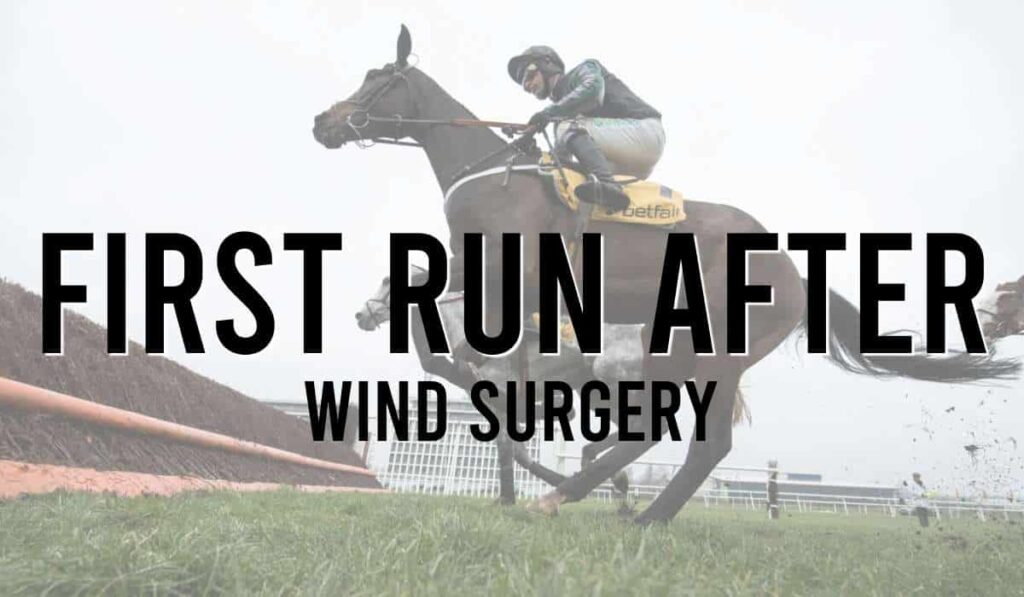
Not all horses improve for the operational procedures and the statistical data show about one in four horses do post an improvement in performance, as measured by a comparison of maximum RPR before and after.
Other important factors shrewd punters look for, which could seek improvements are:
- Wearing blinkers for the 1st time
- Wearing a visor for the 1st time
- Wearing a hood for the 1st time
- Wearing tongue straps for the 1st time
- Wearing cheekpieces for the 1st time
- Previous course and distance winners
- Horse racing trainers in good form
- Horse racing jockeys in good form
- Horses who have travelled the furthest
Professional gamblers are always trying to find an angle to get value on a price or look for opportunities that could seek improvement in a horse’s form.
We try to list all the runners and riders that are experimenting with something new for the first time to hopefully provide the essential information for wagering bets on horse racing in the UK and Ireland.
We know many trainers spend good money on wind surgery operations and they would not carry out these procedures if they did not feel it would improve the racehorse’s chances of winning future races.
Here are all the articles related to horse racing stats for the UK and Irish races.
- 5 Day Declarations
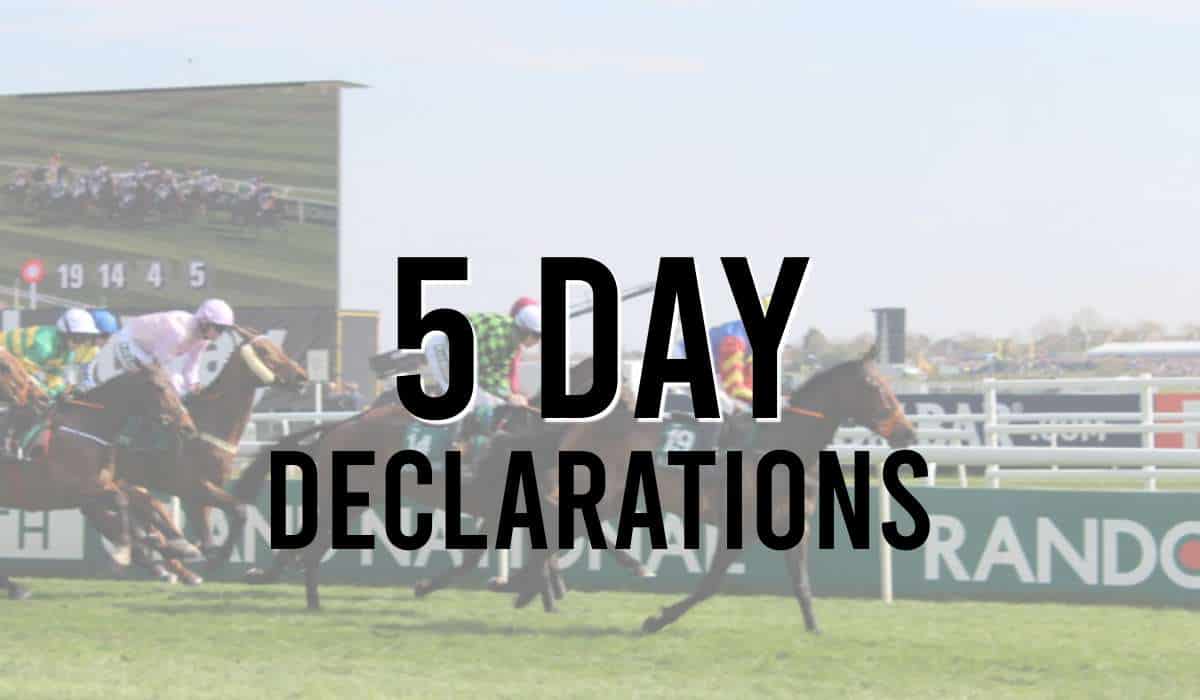
- A to Z List of Horses Running Tomorrow
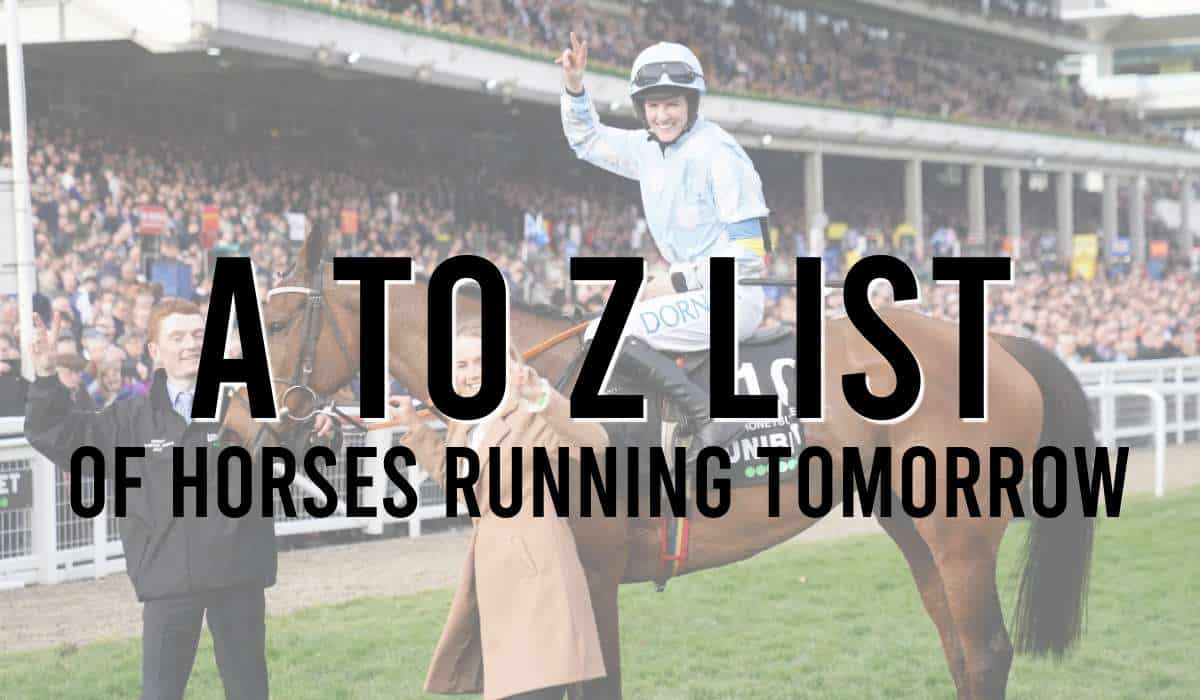
- A-Z Guide Todays Horse Racing Runners
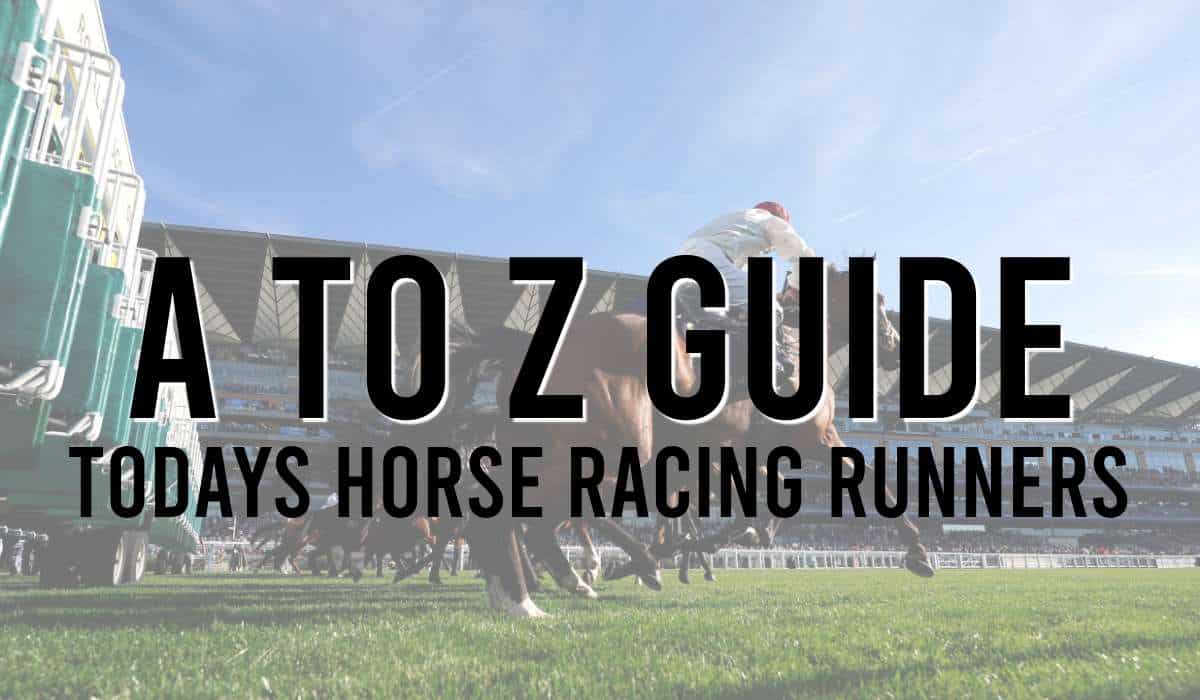
- Ahead Of The Handicapper
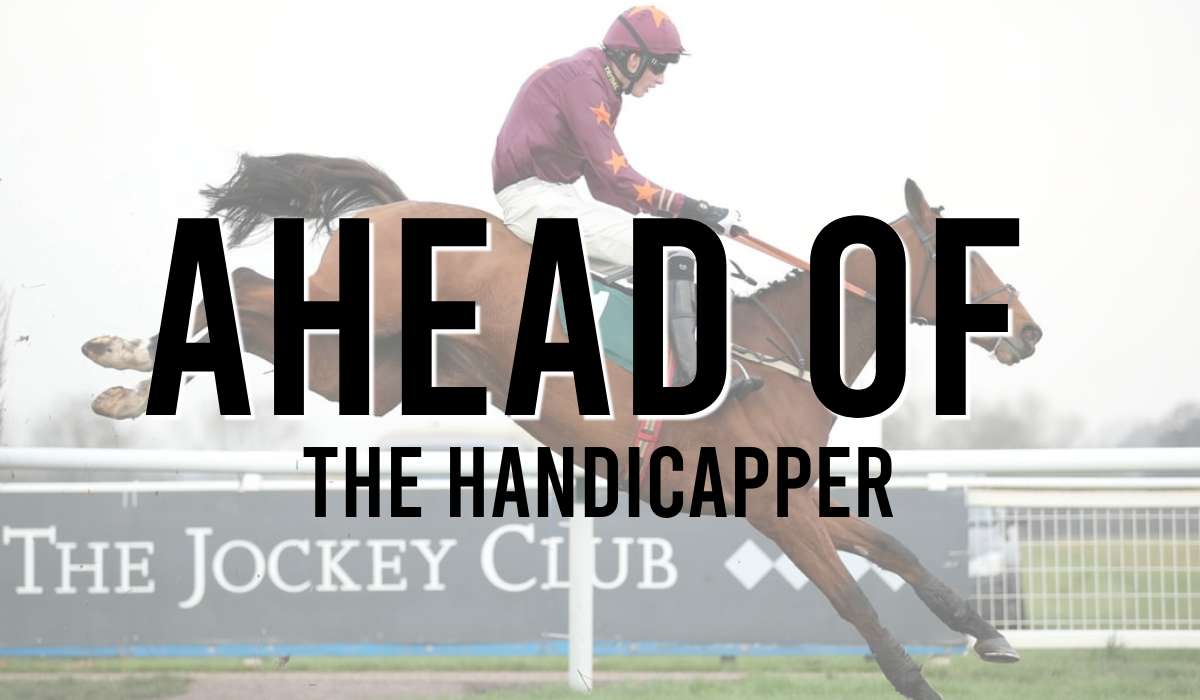
- Best Backed Horses Today
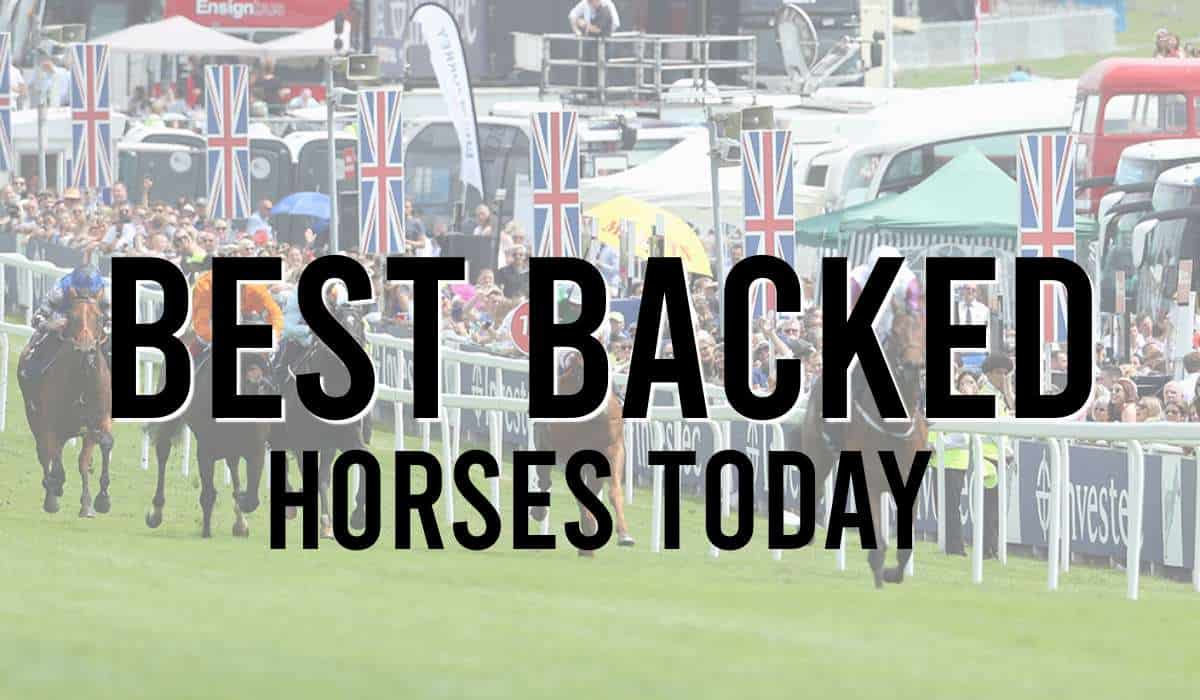
- bet365 Statistics
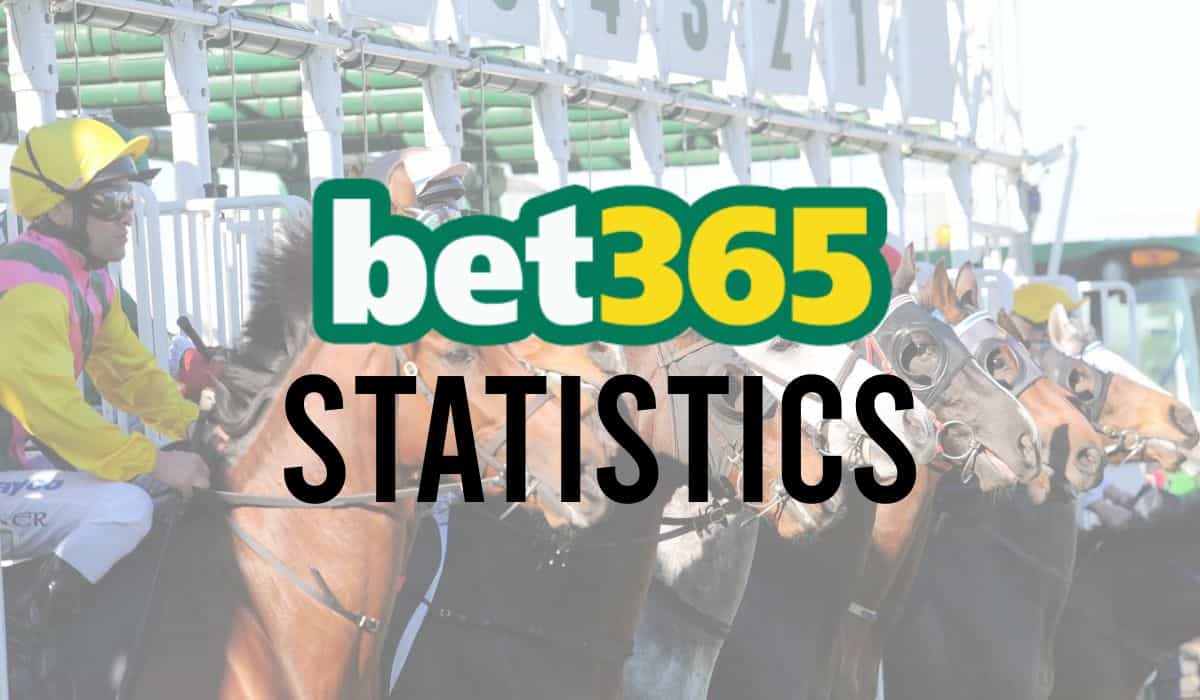
- Cheekpieces
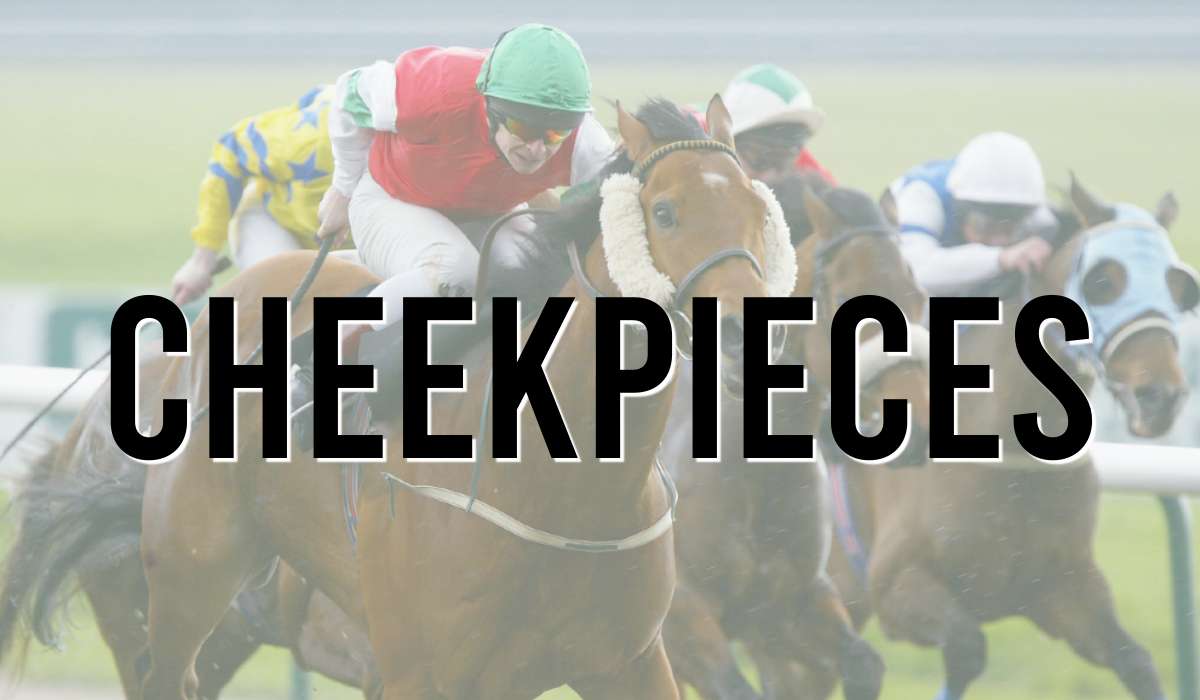
- Course And Distance Winners

- Fast Finishers

- Fast Ground Horses
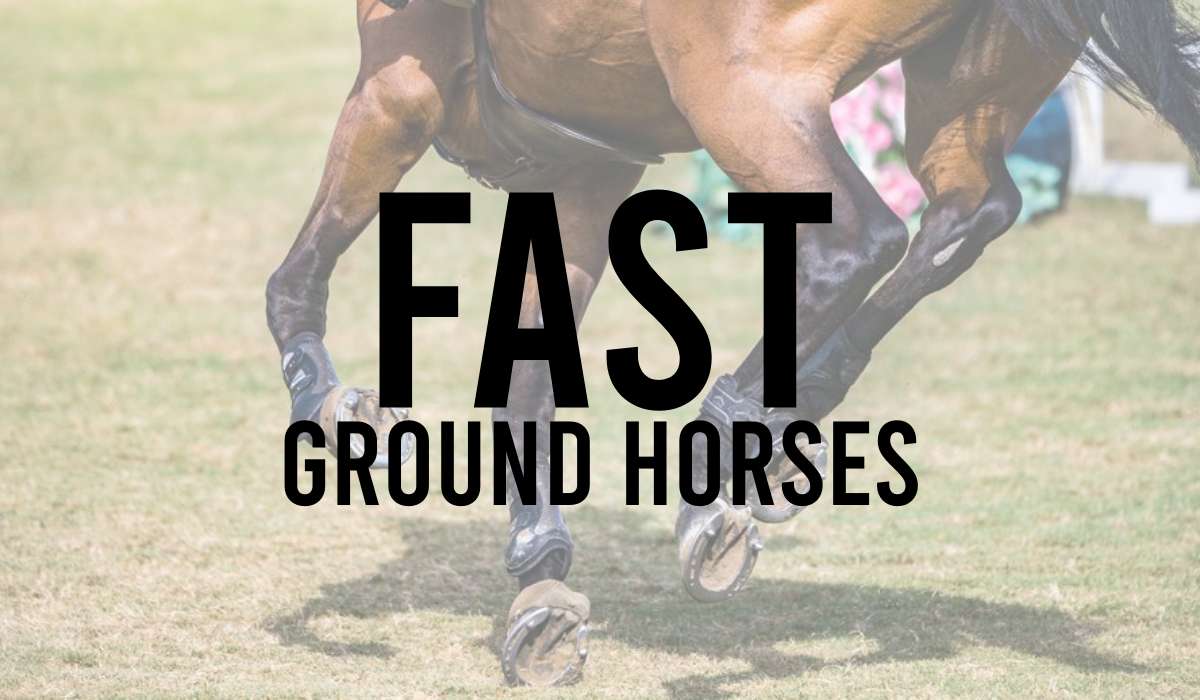
- Favourites Horse Racing System
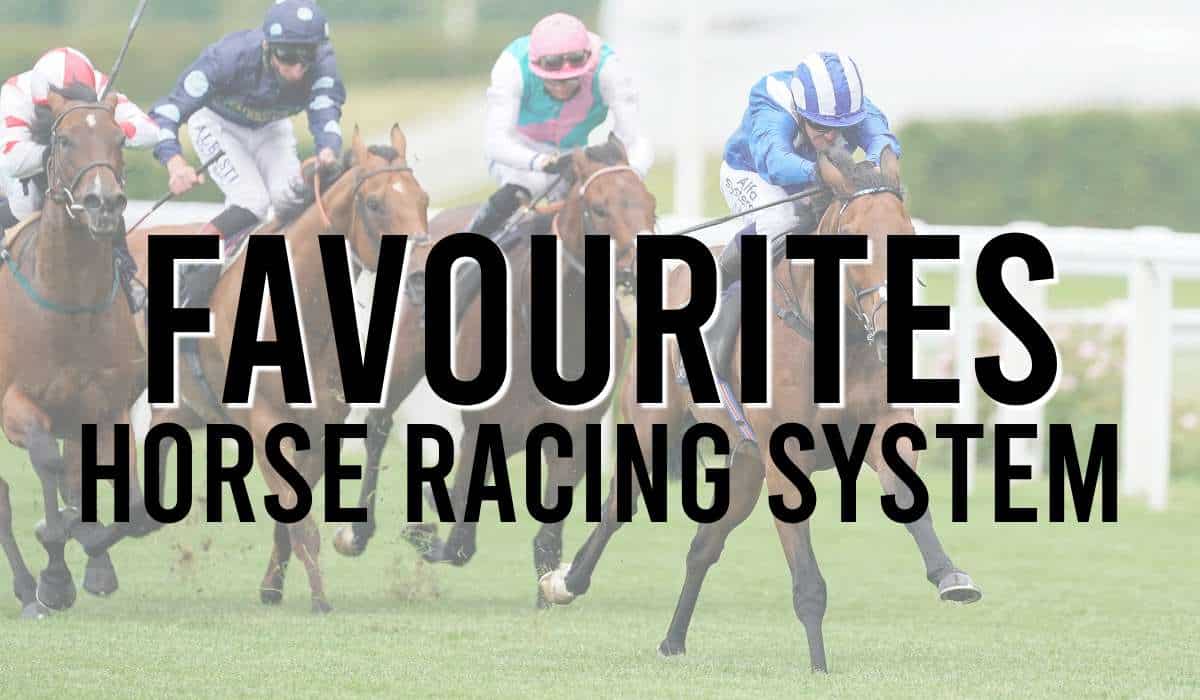
- First Run After Wind Surgery
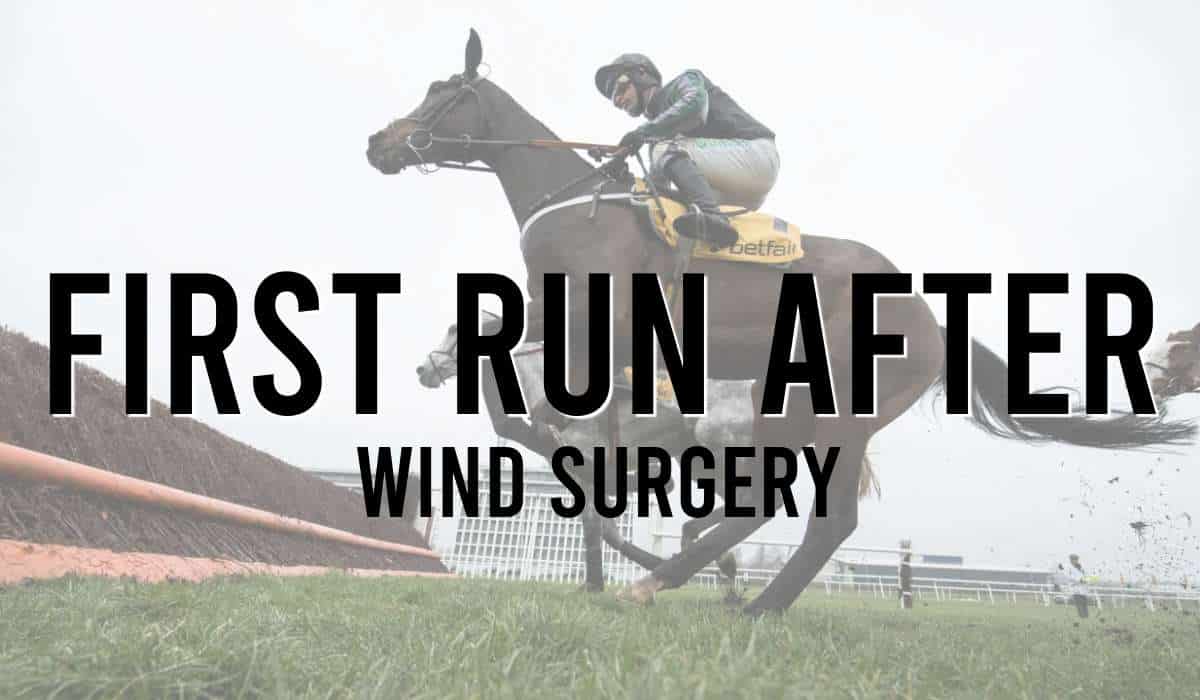
- First Time Blinkers
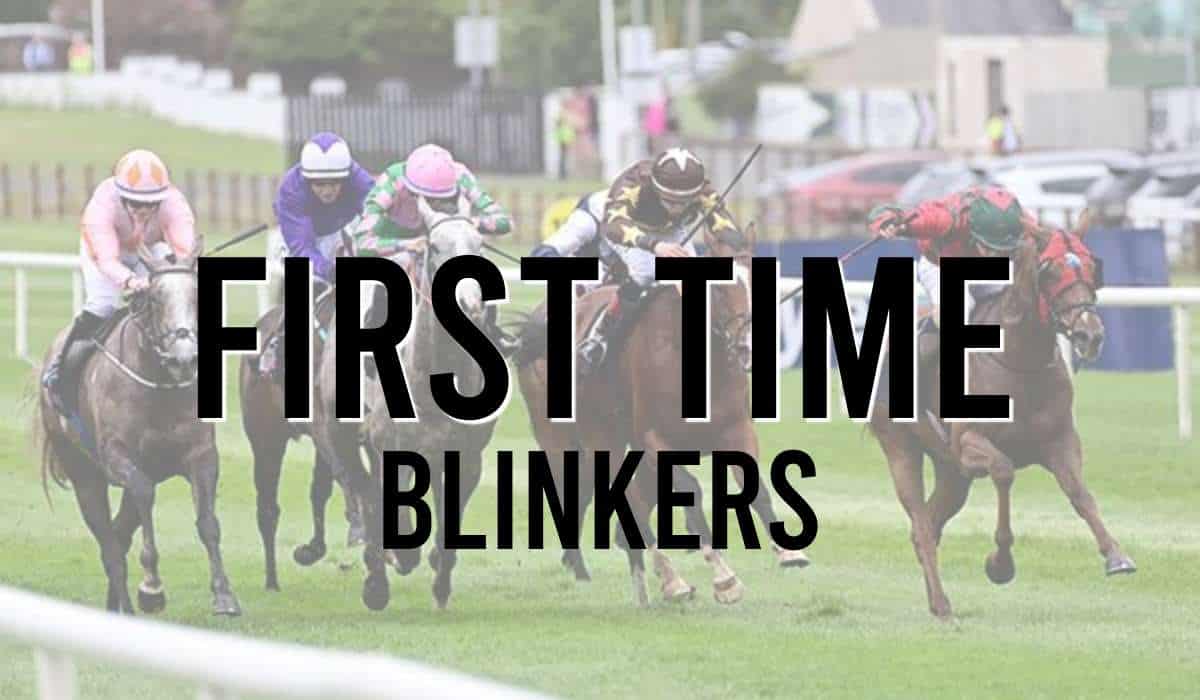
- First Time Visors
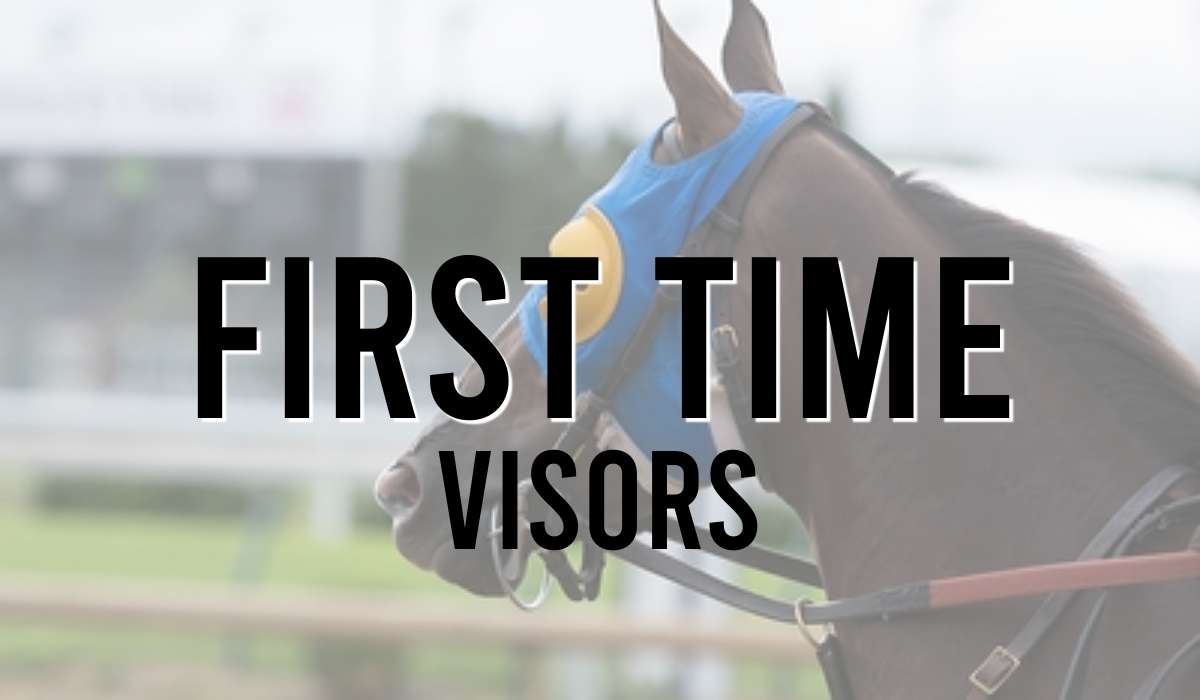
- Grand National Facts
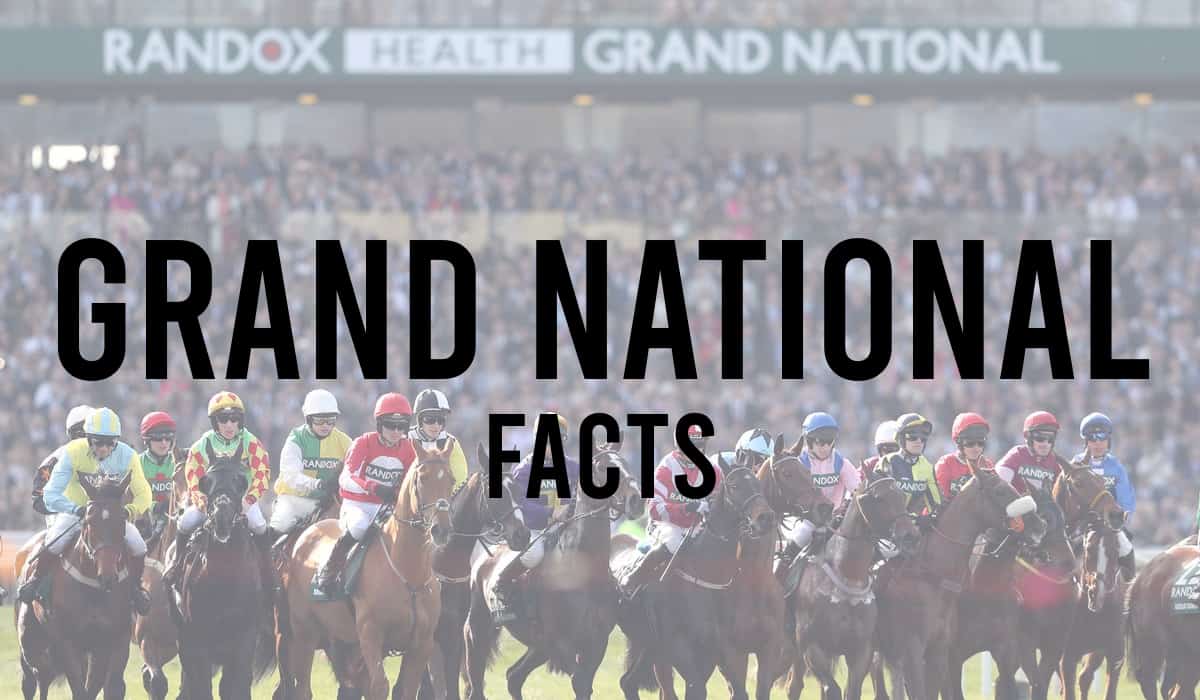
- Horse Racing Draw
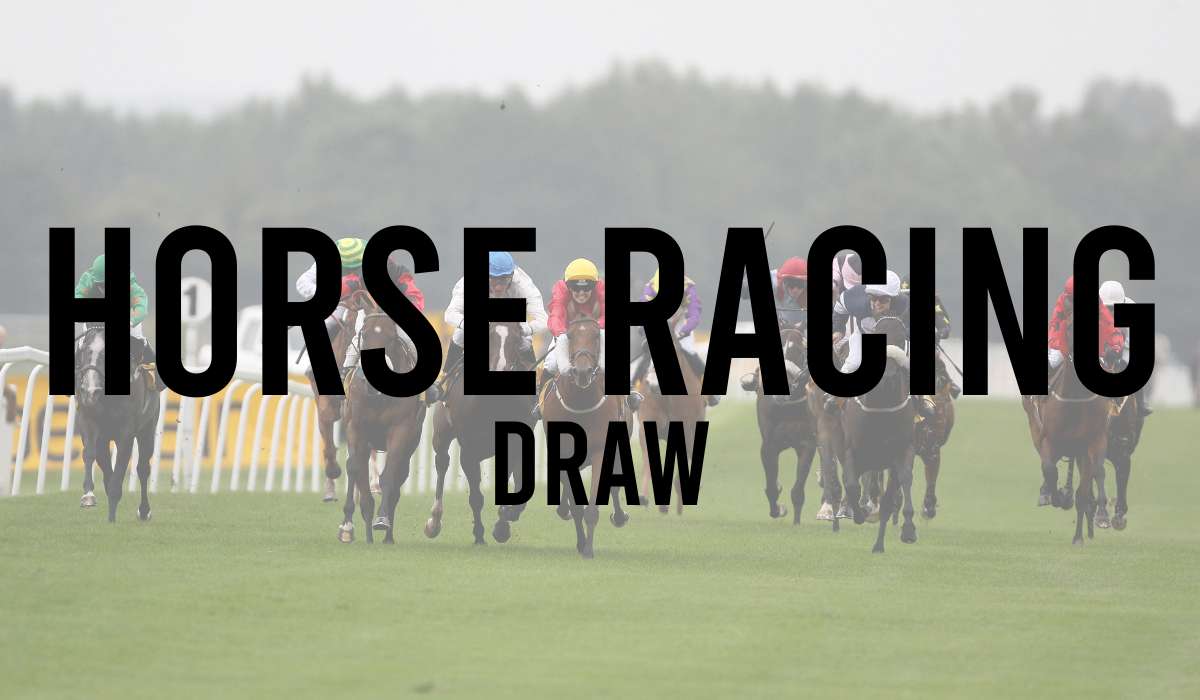
- Horse Racing Form
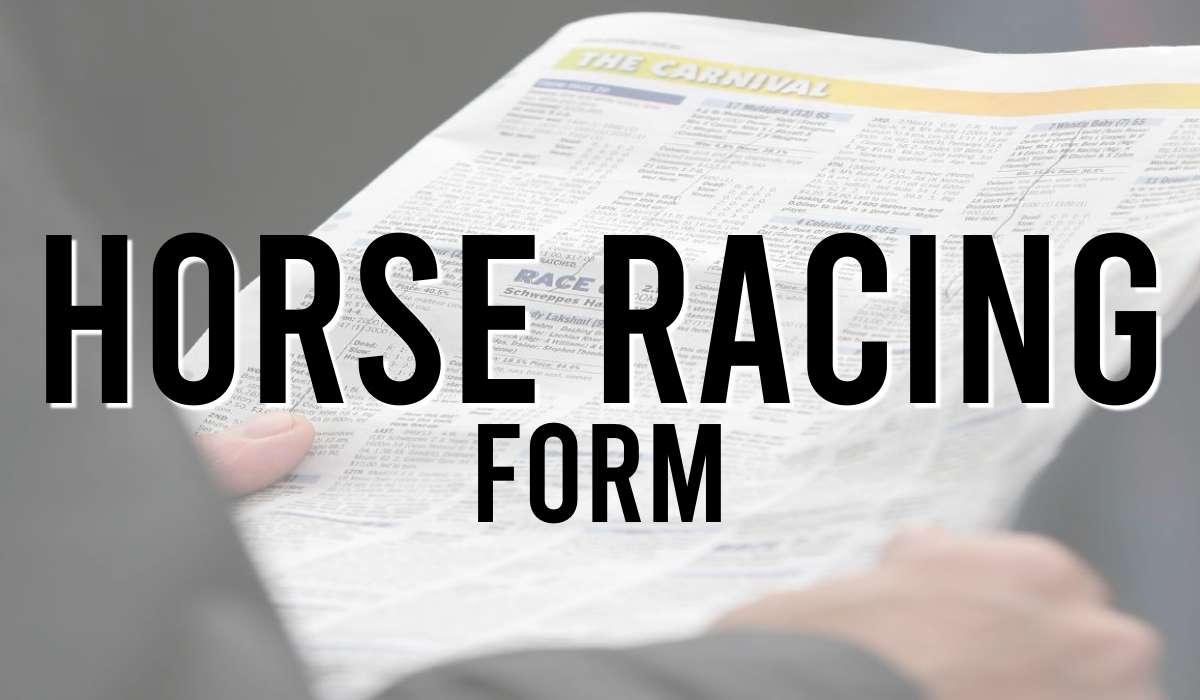
- Horse Racing Goings
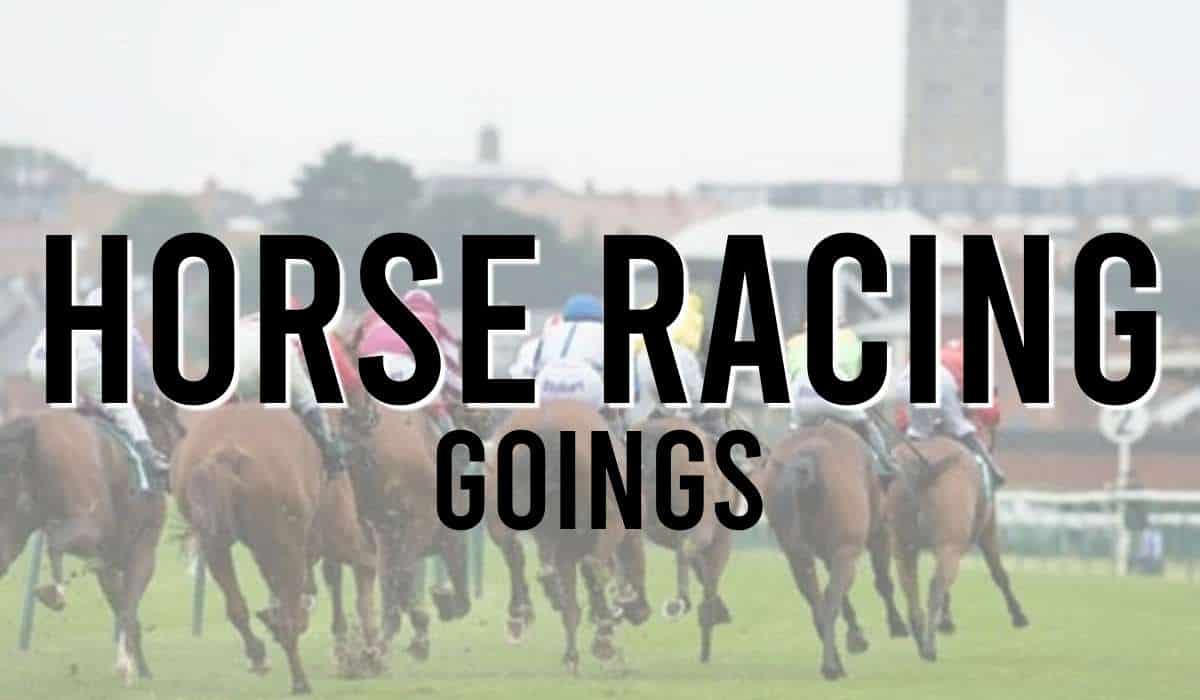
- Horse Racing Non Runners Today
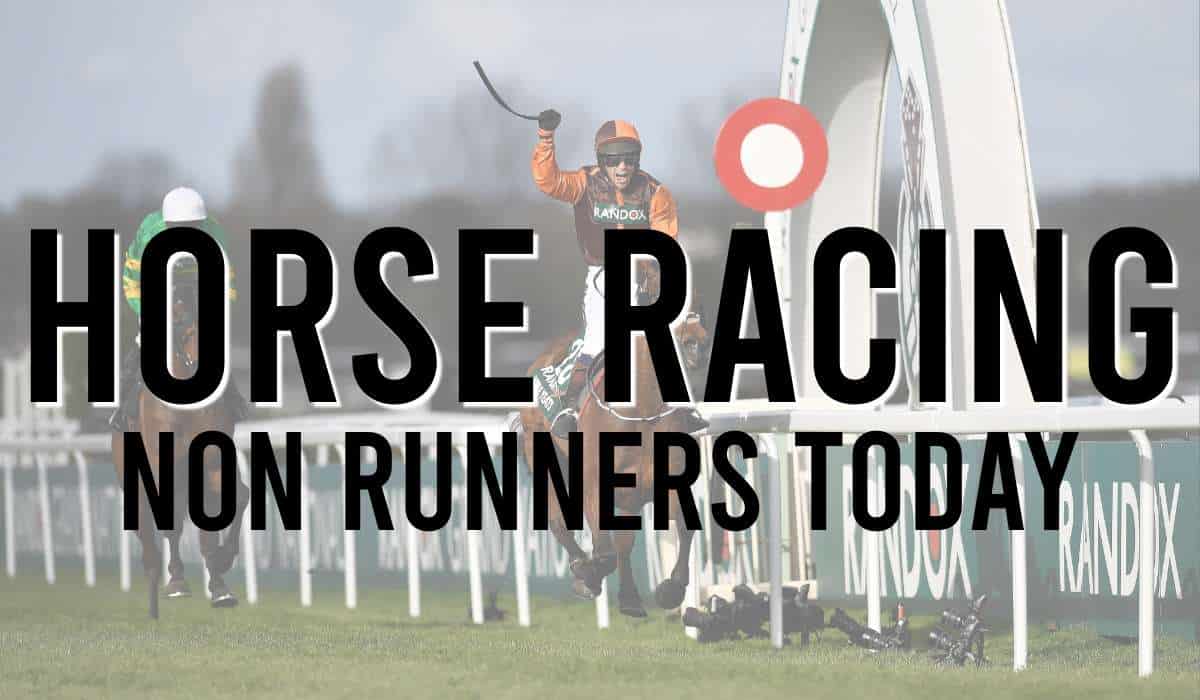
- Horse Racing RPR
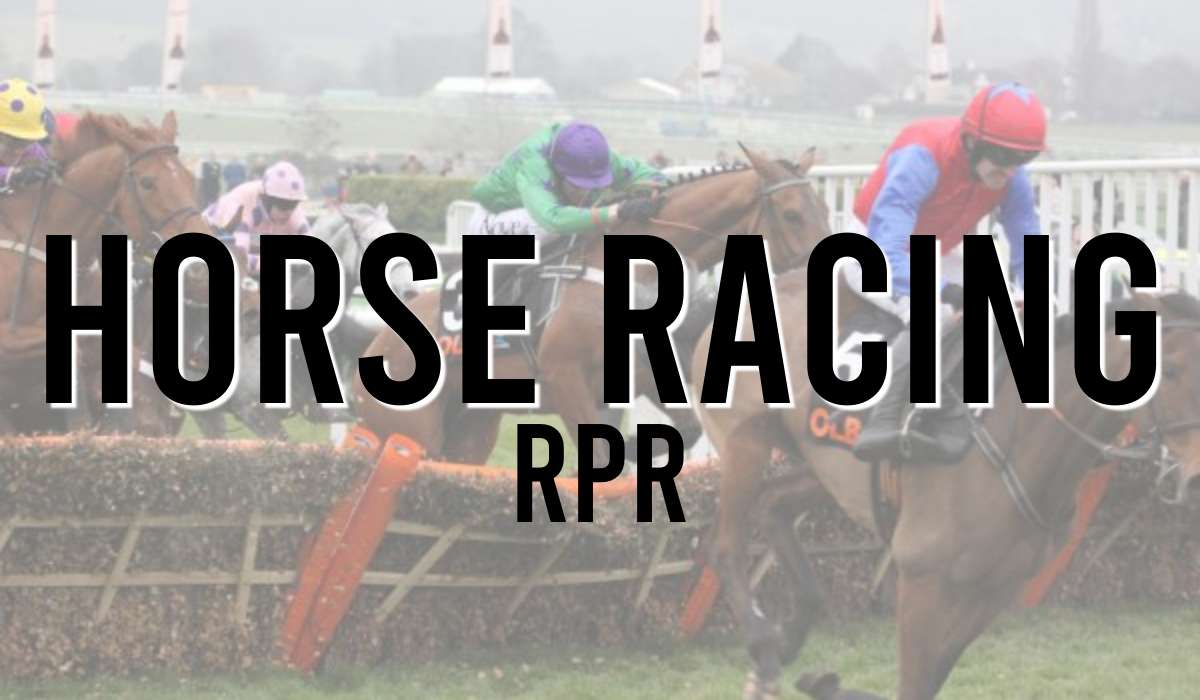
- Horse Racing Stats
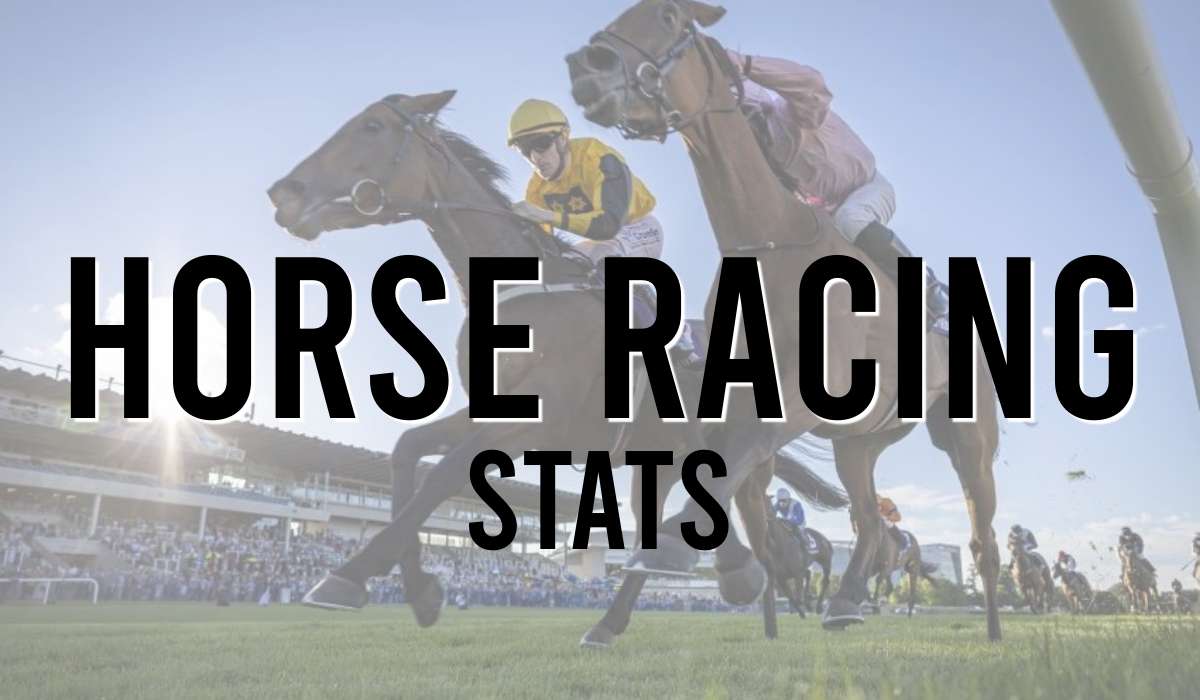
- Horses Dropped in Class
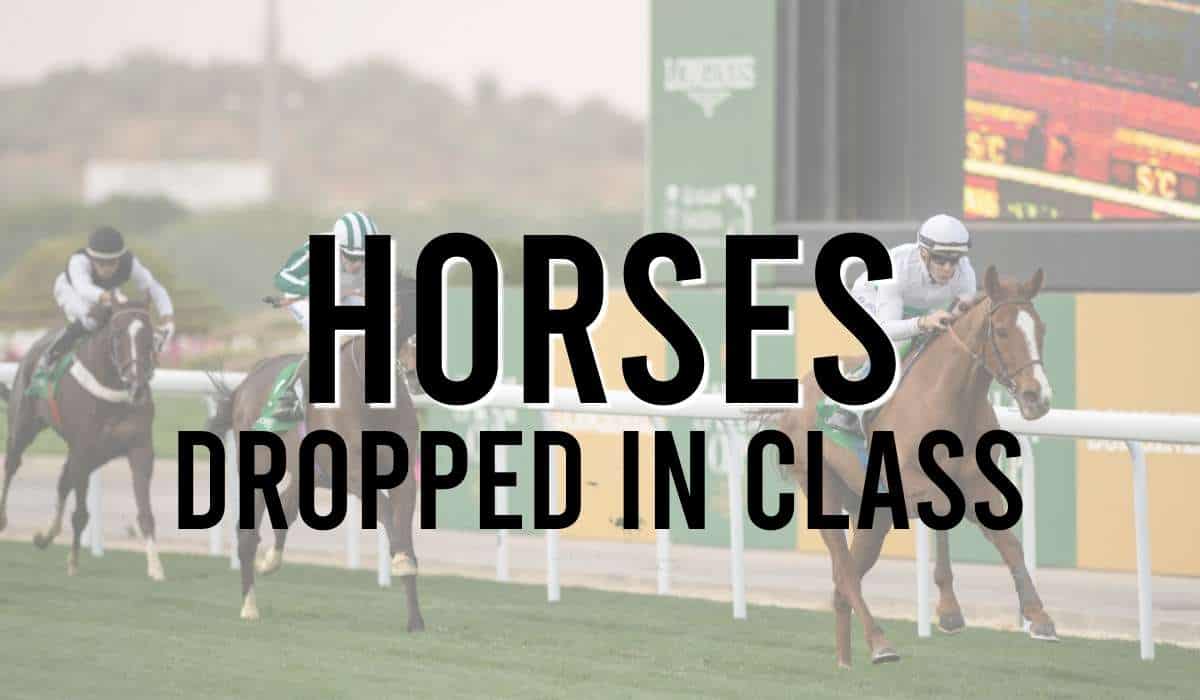
- Hot Trainer Jockey Combinations
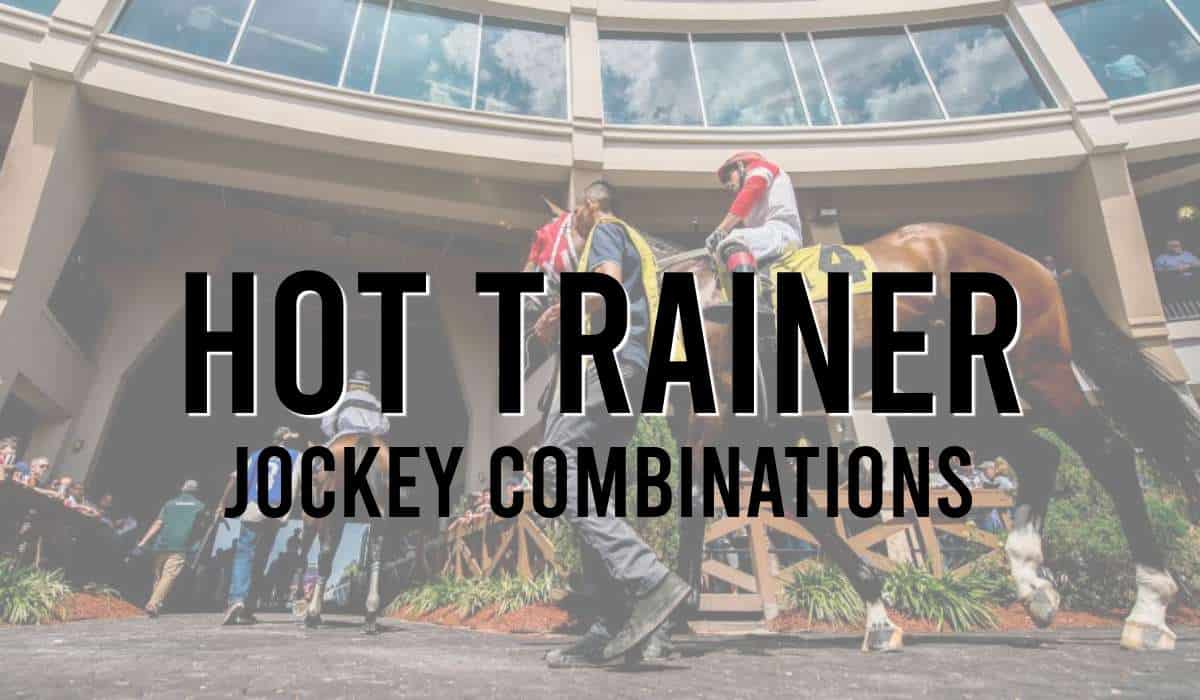
- In Form Jockeys
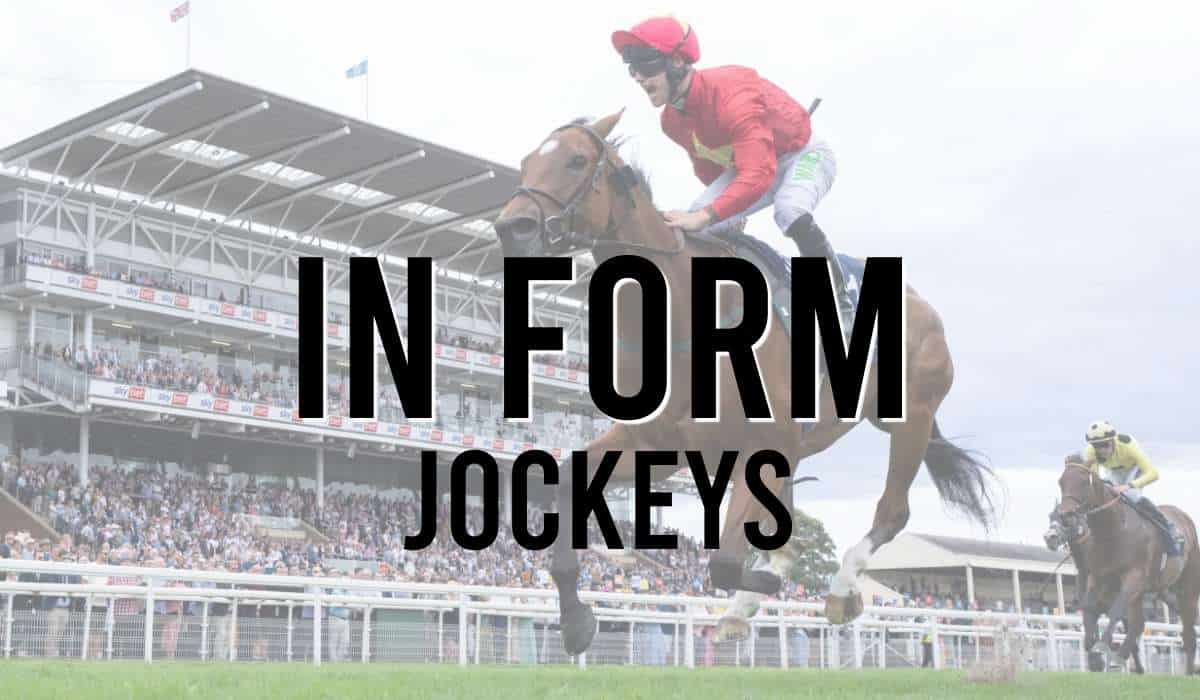
- In Form Trainers
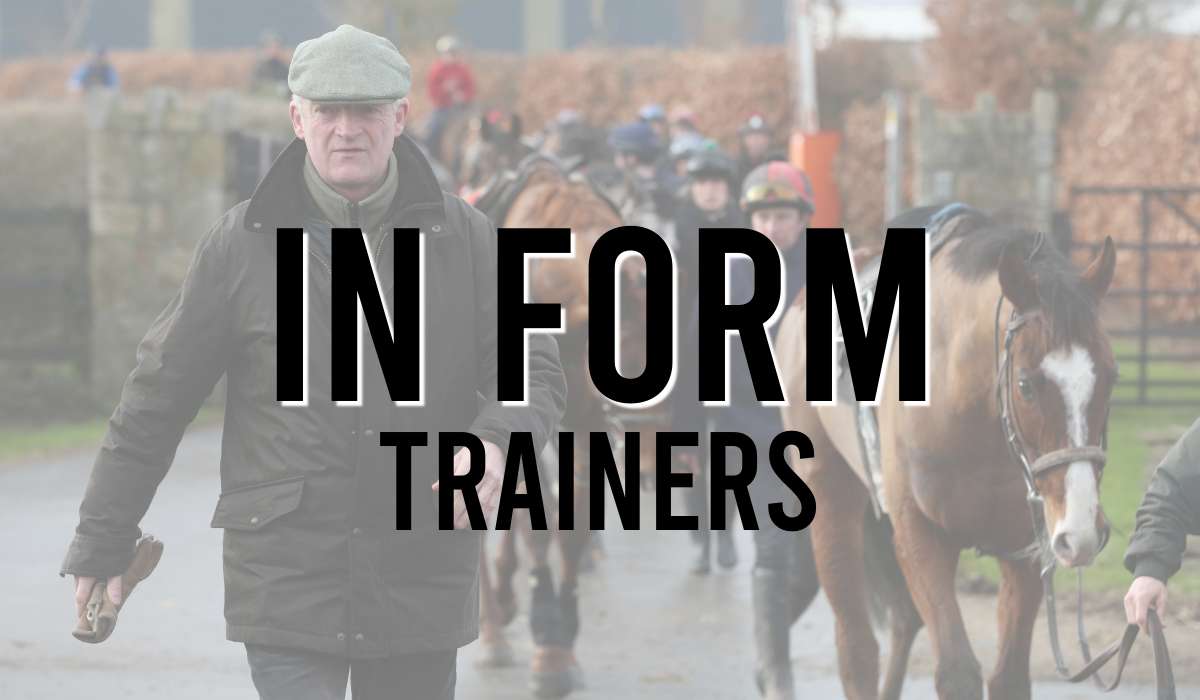
- Longest Travellers Horse Racing

- Nap Of The Day
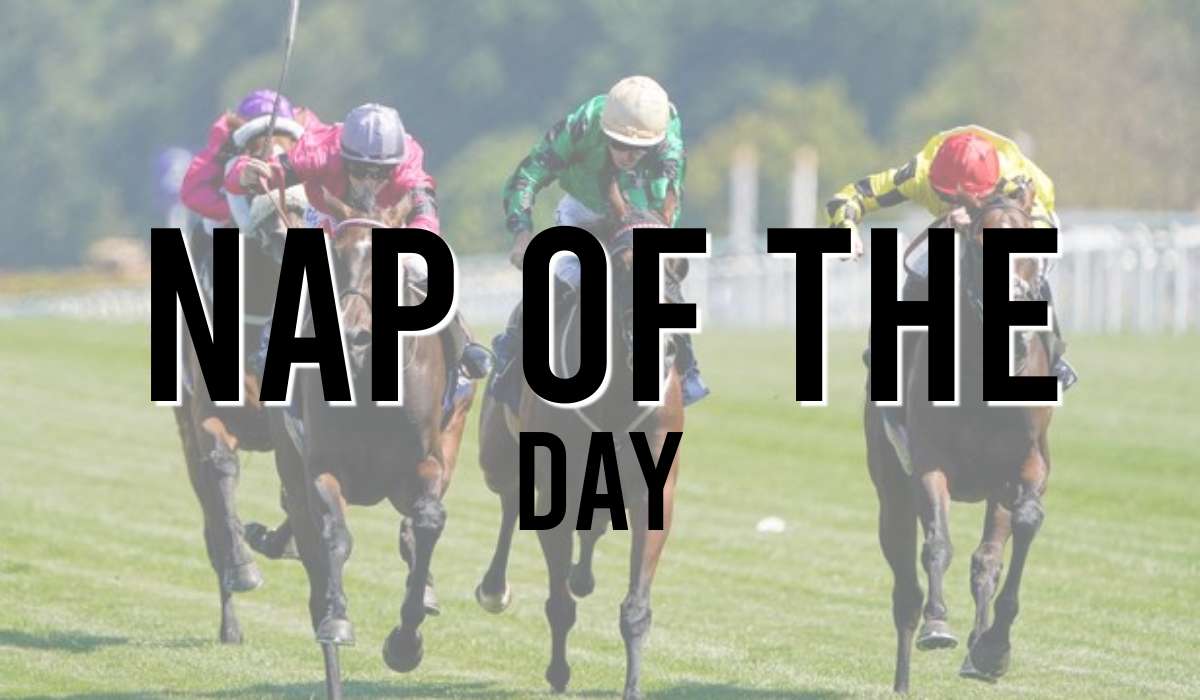
- Shrewd Punters
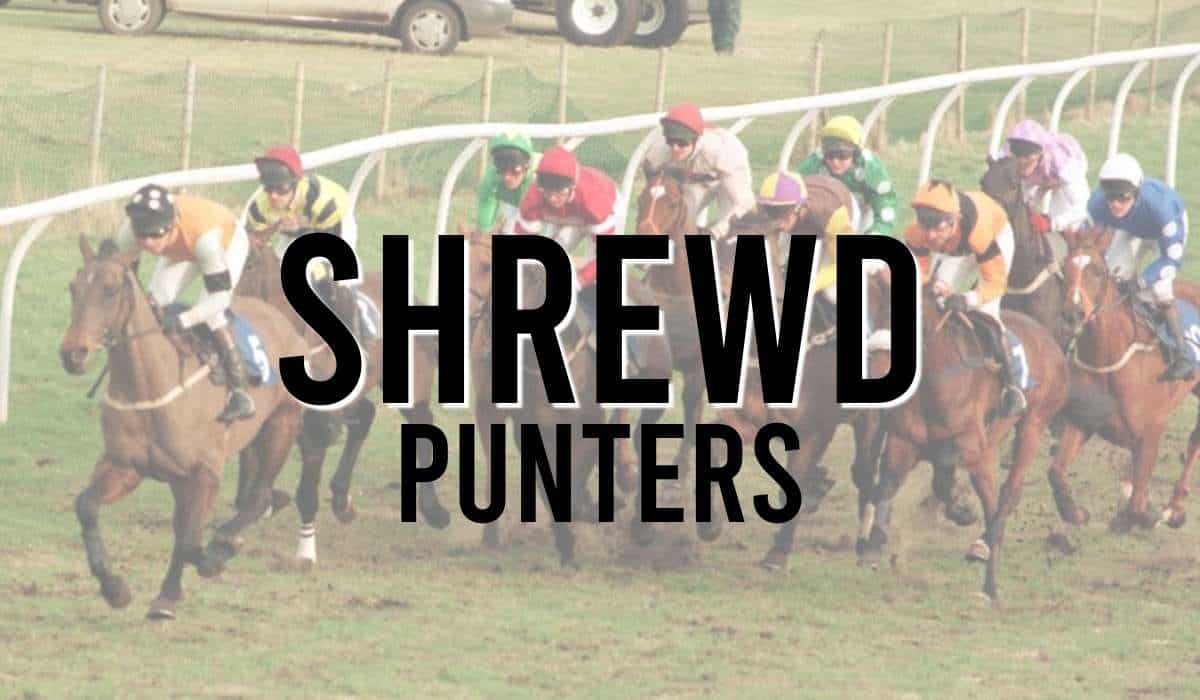
- Sire Stats
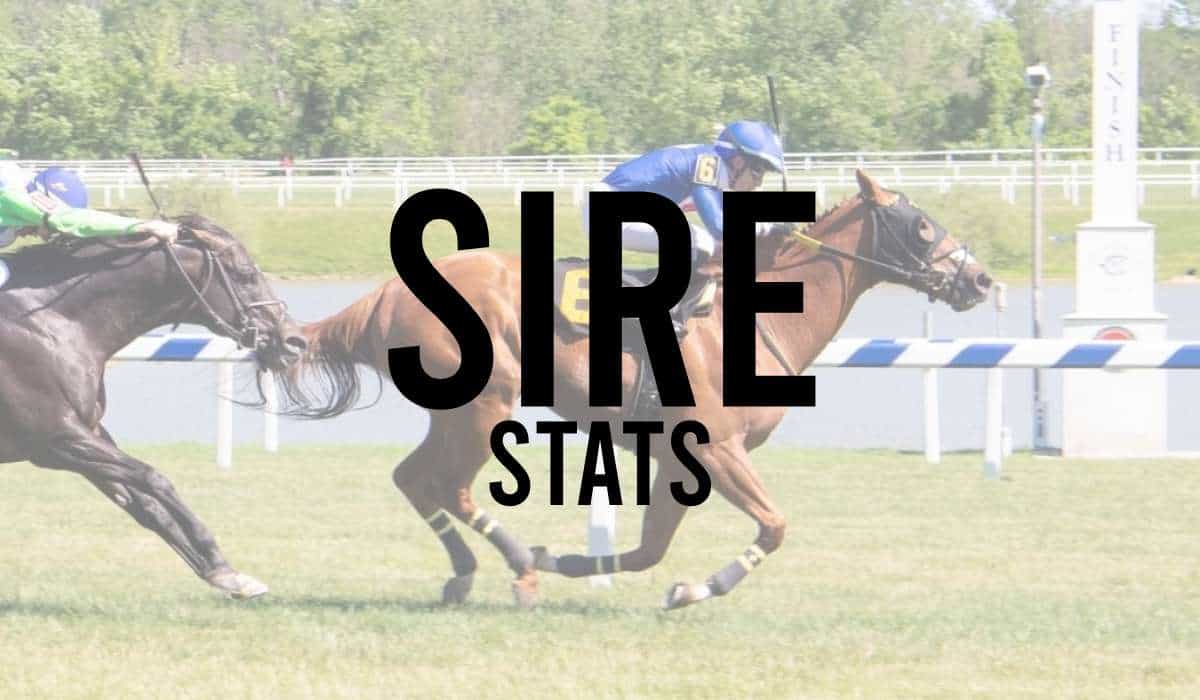
- Soft Ground Horses
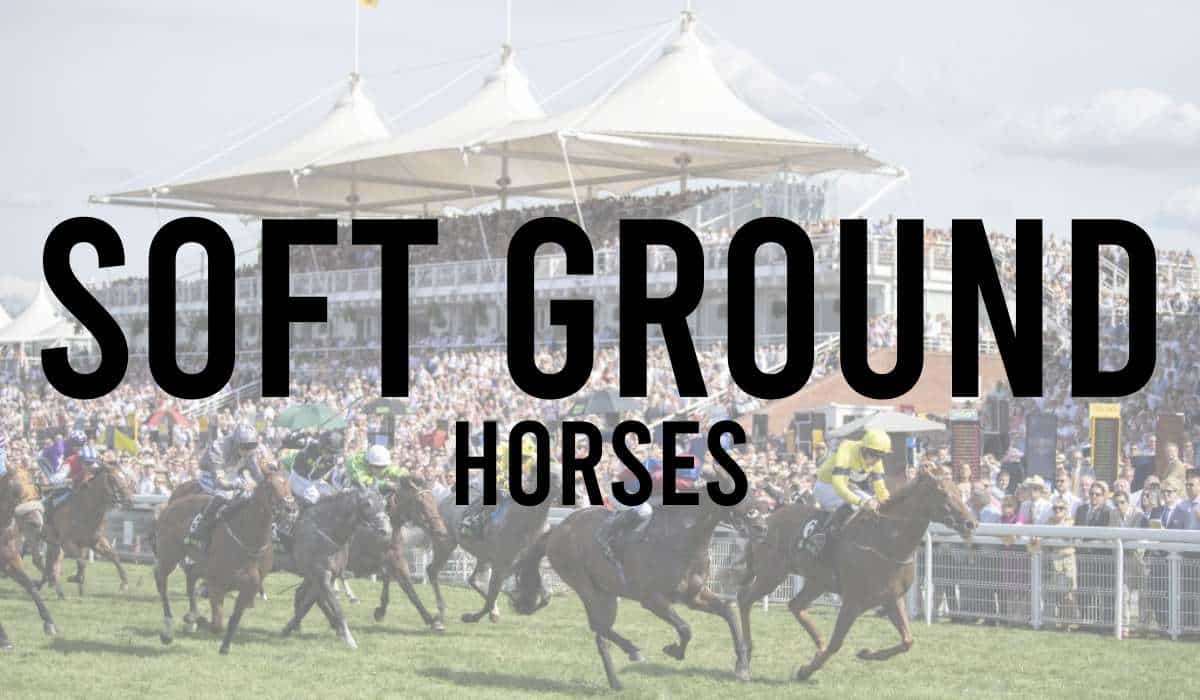
- Tongue Straps
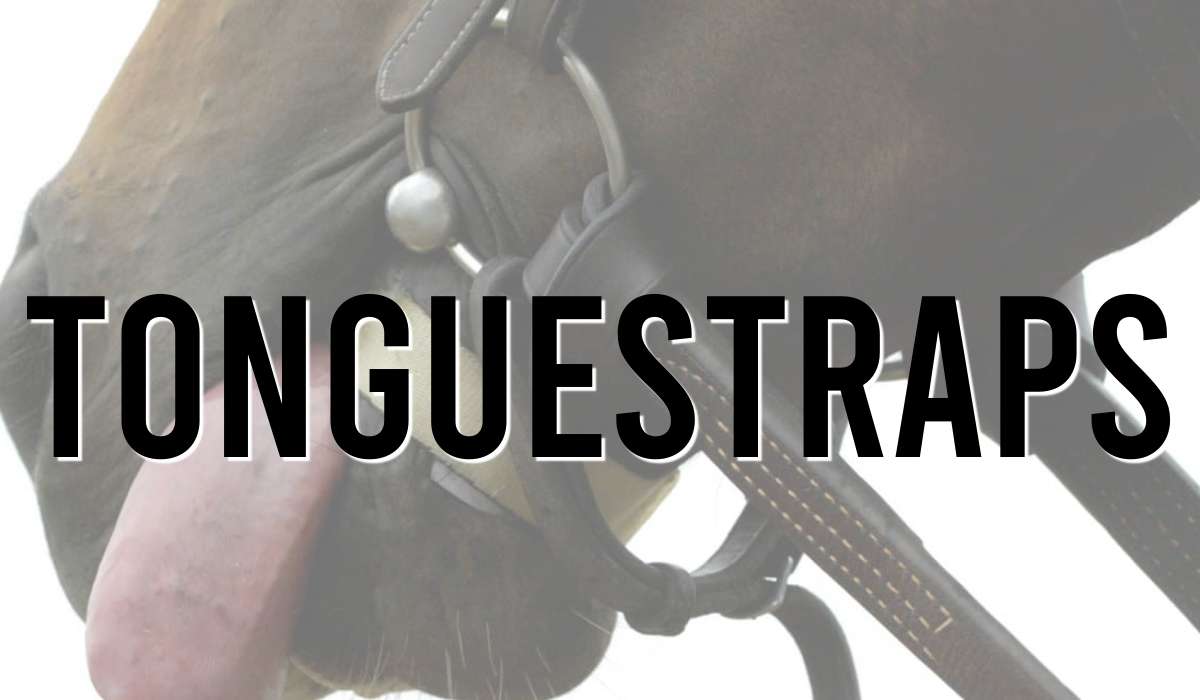
- Top Speed Ratings
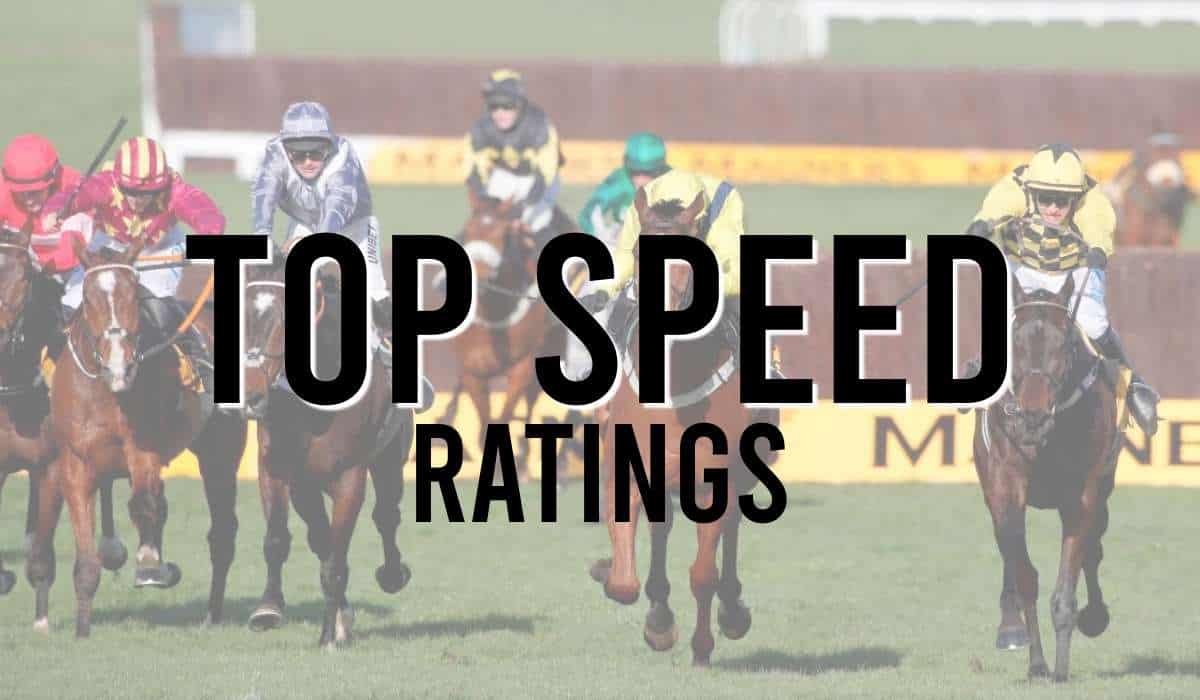
- Winning Distances In Horse Racing
